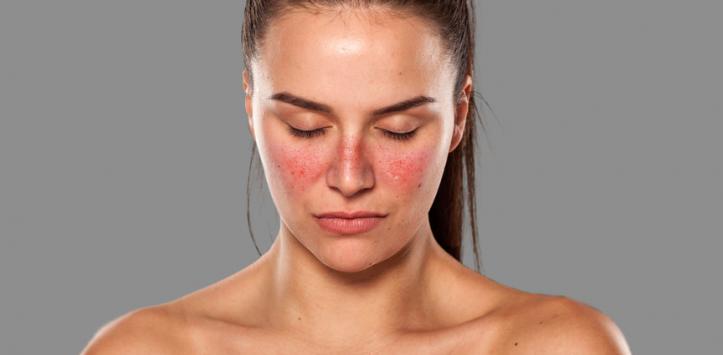Every woman must be able to recognize the signs and symptoms of lupus. In fact, around 9 out of 10 lupus diagnoses occur in women between the ages of 15 and 44. Lupus is also more frequent among African-American, Hispanic, Asian, and Native American women than in white women. A severe version of the illness is also more common among African American and Hispanic women.
Lupus may be extremely difficult to diagnose since its symptoms can be mistaken for those of a variety of other illnesses. Even the most distinguishing sign of lupus, the so-called butterfly rash that can appear on both cheeks, doesn't appear in everyone. Symptoms can appear and disappear quickly, and they might range from mild to severe. New symptoms of the condition might emerge and fade at any time.
So, if you’re not familiar with the condition, below are 5 symptoms you should know.
1. Joint swelling, pain, and stiffness
Lupus is characterized by joint discomfort, swelling, and stiffness, especially in the morning after waking up. This makes it simple to mistake the illness for rheumatoid arthritis, another autoimmune inflammatory disease. Lupus, as well as arthritis, might cause wrists, knuckles, fingers, foot, and knee pain.
The difference between lupus differs from rheumatoid arthritis is that it can affect one side of the body but not the other, although RA normally affects both sides equally. Swelling can come and go with lupus, and unlike RA, it doesn't become worse over time, possibly changing the appearance of your joints. Lupus also tends to occur in younger patients than RA.
2. Anemia
Anemia is a condition in which the body's red blood cells are insufficient to transport oxygen throughout the body. Anemia can be caused by anything that promotes inflammation in the body and there is a lot of inflammation with lupus. Since lupus and some lupus therapies might impact blood count levels, it's recommended for patients with lupus to have blood tests done regularly to confirm that the different parts of the blood remain stable.
3. Butterfly-shaped face rash
A skin rash that appears when exposed to sunlight is a fairly common sign of lupus. A rash can appear on any area of your body, but a unique red butterfly-shaped face rash that runs over the bridge of the nose and down both cheeks is one of the most prevalent indications of lupus.
This specific rash, also known as a malar rash, affects about half of all people diagnosed with lupus. The facial rash usually appears after exposure to UV radiation, but some patients with lupus report that it can also appear unexpectedly without a recognized cause, signaling the start of a flare-up.
4. Chest pain
Lupus often causes inflammation of the heart as well as its outer or inner linings. Shortness of breath, extreme chest discomfort, disrupted blood flow, and an increased risk of heart disease are all associated with lupus-induced inflammation. Besides, both the interior and exterior linings of the lungs can be affected by lupus. Some people report chest discomfort when taking a deep breath. This might indicate an accumulation of fluid around the lungs.
It's worth discussing with your doctor if you experience chest discomfort when breathing. Even if it's not a symptom of lupus, it might be a sign of something else, not less serious.
5. Extreme sensitivity to sunlight
Photosensitivity is a condition in which half of the people with lupus are sensitive to sunlight and other UV light sources. As a result, some patients with lupus may suffer fever, fatigue, or joint discomfort when exposed to sunlight, in addition to skin rashes. Because ultraviolet radiation can provoke lupus flares, people with lupus should protect themselves from the sun by wearing sunscreen, hats, and long sleeves.






Comments